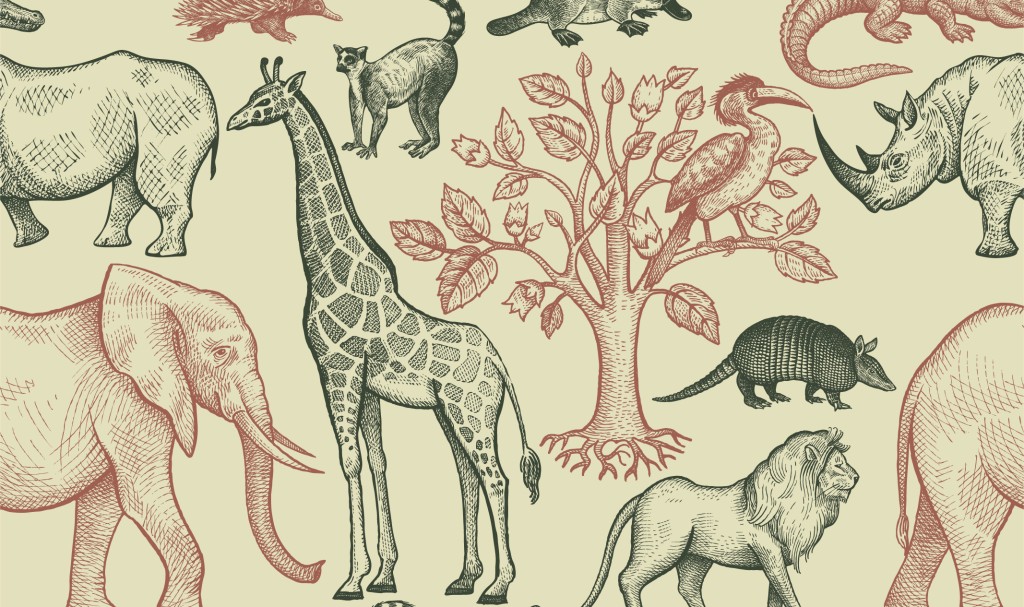AsianScientist (Mar. 28, 2025) – Species extinctions are occurring at an alarming rate, leading to a loss of biodiversity across the world. However, funding for wildlife conservation projects is unequally distributed among threatened species, as researchers from the University of Hong Kong (HKU) have discovered recently. Their findings were published in the Proceedings of the National Academy of Sciences USA (PNAS USA).
The researchers compiled data from 14,600 species conservation projects by 37 governments and NGOs to determine if their resources were being allocated effectively.
“Our first conclusion is that funding for species conservation research remains extremely limited with only US$ 1.93 billion allocated over 25 years in the projects we assessed,” said Professor Benoit Guénard, lead author of the study and associate professor at HKU’s School of Biological Sciences.
An interesting finding of the research was that in order to gain funding and public support, conservation projects often focus on ‘charismatic’ species. Charismatic species are those that are more well-known and popular among the general public, like tigers, elephants, and whales. While this garners public support for conservation, many other less-charismatic, but more threatened species can receive inadequate support. Of the projects compiled in this study, 29 percent of funds went to species of ‘least concern’ on the IUCN Red List.
“Based on previous literature-based studies, we expected biases towards vertebrates and, whilst this was true, we found the situation much worse than previously estimated,” said Guénard. The study found that 82.9 percent of the funds were allocated to vertebrates, while plants and invertebrates only received 6.6 percent each.
Guénard added: “Even within vertebrates, many of the most threatened groups, like amphibians, were largely underfunded with declining funding trends over time.” Amphibians are the most threatened vertebrate group, but accounted for less than 2.8 percent of the total funding allocated to vertebrate conservation. Meanwhile, large mammals such as elephants and whales received 86 percent of the funding for mammal research and conservation, despite representing only a third of threatened mammals.
“This highlights an important mismatch between scientific assessment of conservation and allocation of funding by conservation stakeholders, which appears to rely on the ‘charisma’ of species. This leads to nearly a third of the funding directed to non-threatened species while almost 94 percent of threatened species have not received any support,” said Guénard
“Our traditional view of what is threatened often does not align with species genuinely at threat, leaving many smaller, or ‘less charismatic’ species neglected. We urgently need to reframe this perspective and better allocate funding across taxa if we want any hope of redressing widespread population declines and the continued loss of biodiversity,” added Professor Alice Hughes, a co-author of the study and associate professor at the HKU’s School of Biological Sciences.
These findings call for a more holistic distribution of conservation funding to support a wider range of vulnerable species and protect global biodiversity. The team suggests a public database of global conservation projects could allow governments and other organisations to more easily coordinate further conservation efforts and avoid prioritising already well-supported species. Guénard advised: “Conservation agencies and NGOs need to modify their philosophy towards conservation to protect all species, and not just a subset based on subjective criteria of charisma or beauty.”
—
Source: University of Hong Kong; Image: Freepik and Asian Scientist Magazine
This article can be found at: Limited and biased global conservation funding means most threatened species remain unsupported
Disclaimer: This article does not necessarily reflect the views of AsianScientist or its staff.


